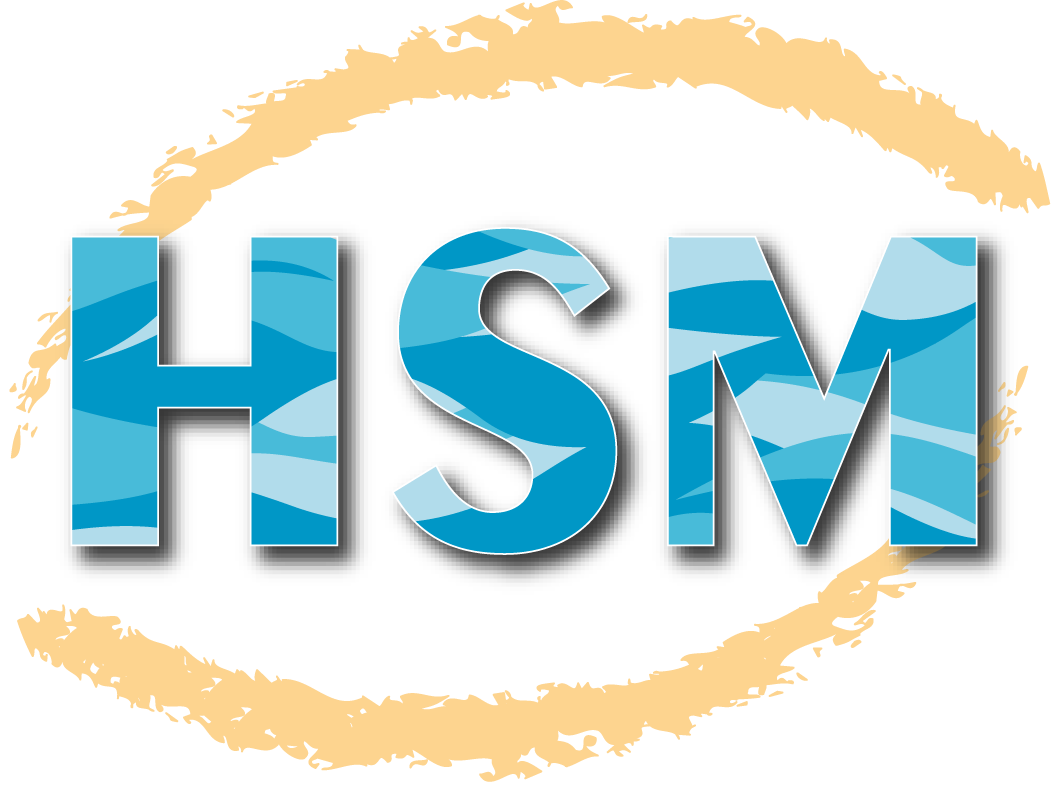Editorial: thematic issue on microbial ecotoxicology
Résumé
Ima gine you ar e a micr obe and you are exposed to chemical contamination. Will you be at risk? How will you react, and by which means? Just die? Expr ess some form of ada ptation using specific r esistance mec hanisms? Reduce toxicity of c hemicals by degr ading them, or by negative tactic mov ement? Toler ate their pr esence thanks to emergent properties of your surrounding microbial comm unity? Expr ess some other form of r esilience and wait for better times, to return to a functional state after a more or less long period, depending on the intensity and toxicity of the contamination?
Alongside these questions that microbial ecotoxicologists are eager to answer, the question "Why do we need to pr eserv e and monitor the integrity of environmental microbes and the communities they form?" has been at the core of the emerging multidisciplinary field of micr obial ecotoxicology. Ov er the last decade, microbial ecotoxicologists have organized through the international EcotoxicoMic network ( https://ecotoxicomic.or g ), whic h now counts 282 members from 46 countries. With three international conferences in 2017 (Ly on, F rance), 2020 (online due to the COVID pandemic), and 2022 (Montpellier, F rance), the netw ork has addressed the interactions , effects , and risks of chemical exposure on microbial and environmental systems and generated new researc h perspectiv es. A forthcoming fourth international Ecotoxi-coMic conference will take place in Gothenburg (Sweden) on 12-14 November 2024 ( https:// ecotoxicomic.org/ ecotoxicomic-2024 ).
Micr oor ganisms hav e now become a ppr eciated as k e ystone contributors in numerous ecosystemic processes (Cavicchioli et al. 2019 ), including but not limited to (i) cycling of carbon, nitrogen, phosphorus, iron, and sulfur; (ii) biological control of pathogens; (iii) attenuation of chemical pollution; (iv) production and consumption of greenhouse gases; (v) contribution to soil structure; and (vi) biomass nutrients for higher trophic levels. Micr obial comm unities also constitute the ric hest genetic pool, which can be harnessed by biotechnology. All this very much speaks in favor of the fundamental role that microbial ecotoxicology can play in ecosystem pr eserv ation and functioning today.
Indeed, the high diversity, genetic plasticity, adaptability, and r esponses of micr obes to c hemical pollution pr ovides a unique opportunity to discover and quantify chemical effects and associated risks to microbial communities and their crucial ecosystem functions, and to explore the responses of the microbial world, their impact on contaminant eco-dynamics, and associated risks to ecosystems and human health (Fig. 1 ). Thanks to the experimental a ppr oac hes and tec hnologies av ailable today, curr ent r esearc h r anges fr om labor atory studies of the detailed mec hanisms of microbial gene expression linked to exposure to contaminants and their toxic effects in model or ganisms, to integr ativ e studies of the complex responses of envir onmental micr obial comm unities at field scales.
Given the high complexity of the investigated interactions, incr easingl y in-depth and integr ativ e explor ation of microbial re-
| Origine | Fichiers éditeurs autorisés sur une archive ouverte |
|---|



